Kamakura Fall Foliage Spots 2025: Temples, Parks, and More

Kamakura's most beautiful autumn foliage spots include famous temples and shrines, the Great Buddha statue, and public parks. Read on to discover them.
Enjoy the Fall Foliage in Kamakura, Japan's Ancient Capital
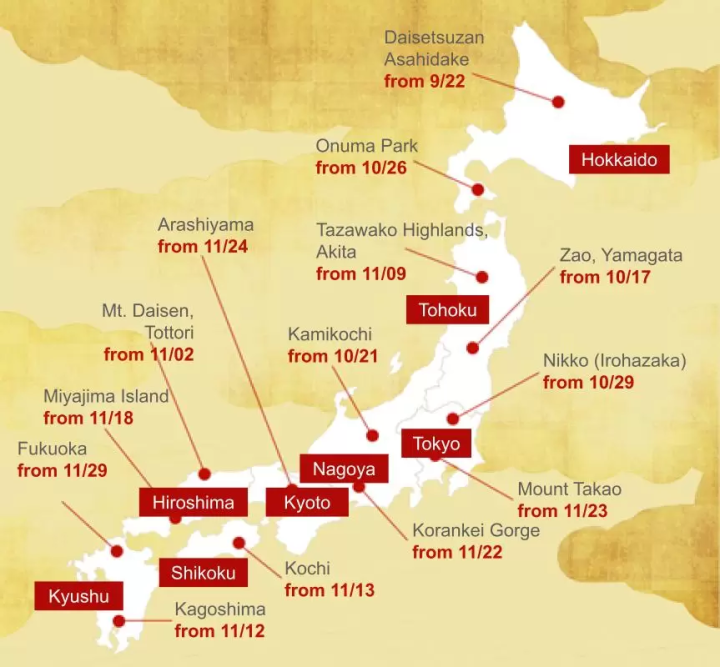
2025 fall foliage map based on information from Weathernews
Home to many historic temples and gardens, Kamakura is an ideal destination to enjoy the fall foliage. It is accessible in about one hour from Tokyo, making it an excellent day trip from the capital.
The best months to see the fall foliage in Kamakura are November and December.
Read on to learn about ten fall foliage locations in Kamakura and when and how to enjoy the colorful leaves come autumn!
The Most Beautiful Fall Foliage Spots in Kamakura
1. Tsurugaoka Hachimangu Shrine
2. Great Buddha of Kotokuin Temple
3. Hokokuji Temple
4. Meigetsuin Temple
5. Hasedera Temple
6. Genjiyama Park
7. Shishimai Valley Hiking Course
8. Kenchoji Temple
9. Tokeiji Temple
10. Kakuonji Temple
Read also
1. Tsurugaoka Hachimangu Shrine
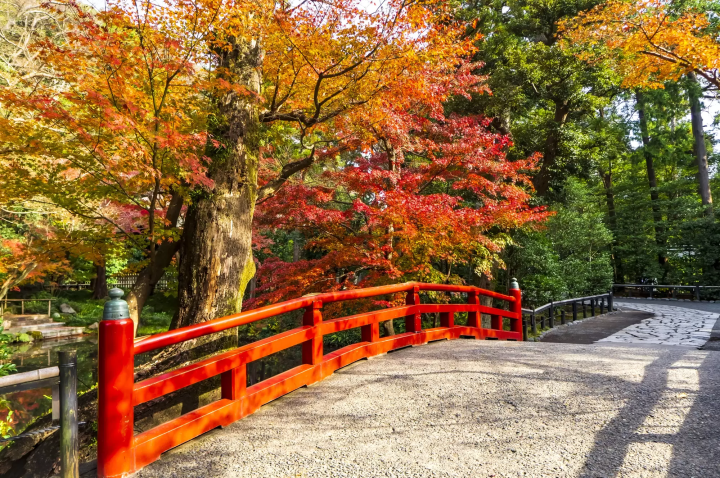
Photo by Pixta
Throughout the year, many come to visit Tsurugaoka Hachimangu Shrine. One of the travel highlights of Kamakura, this is a great spot to enjoy the autumn scenery when the leaves start changing color.
It is conveniently located just a 10-minute walk from Kamakura Station. This is a perfect spot for those looking to casually enjoy the foliage in Japan.
Best time to see the leaves: late November to early December
Hotels near Tsurugaoka Hachimangu Shrine
Read also
2. Great Buddha of Kotokuin Temple

Photo by Pixta
The Great Buddha, or Daibutsu of Kotokuin Temple, is a must-visit attraction in Kamakura. The centuries-old Buddha statue and temple are stunning year-round but incredibly gorgeous in the fall. Red and gold foliage color the temple grounds in vibrant hues surrounding the statue. The beautiful scene will take your breath away when seen in person.
The comfortable fall temperatures in Kamakura make it ideal for strolling through the surrounding nature, traditional shops, and historically-rich areas.
You can see the fall foliage at Kotokuin Temple from mid-November to early December.
To access Kotokuin Temple, take the Enoshima Electric Railway to Hase Station. There will be signs directing you to the temple and Buddha statue.
Best time to see the leaves: mid-November to early December
Hotels near Kamakura Great Buddha Hall and Kotoku-in Temple
3. Hokokuji Temple
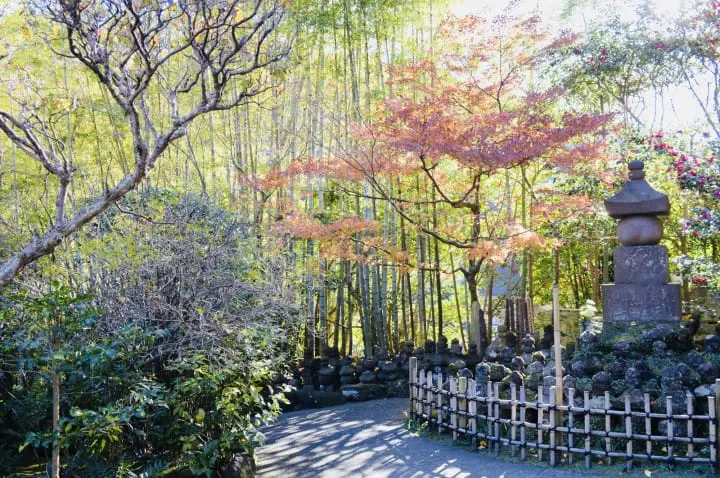
Photo by Pixta
Famed for its bamboo forest, the grounds of Hokokuji Temple transform with fiery red and yellow colors in autumn. Stroll through this serene temple and marvel at the traditional buildings, gardens, and bamboo in the pleasant fall weather.
The delicate fall colors peeking through the lush green bamboo are especially stunning. Be sure to look for the deeply-hued magenta camellias that bloom during this season to further stimulate your senses.
Hokokuji Temple is located near Jomyoji Temple. The easiest access route is on the Keikyu bus from Kamakura Station. Ride the #23 or #24 bus bound for Kanazawa Hakkejima Station and get off at Jomyoji Temple, then look for signs for Hokokuji Temple.
Best time to see the leaves: late November to early December
Hotels near Hokokuji Temple
4. Meigetsuin Temple
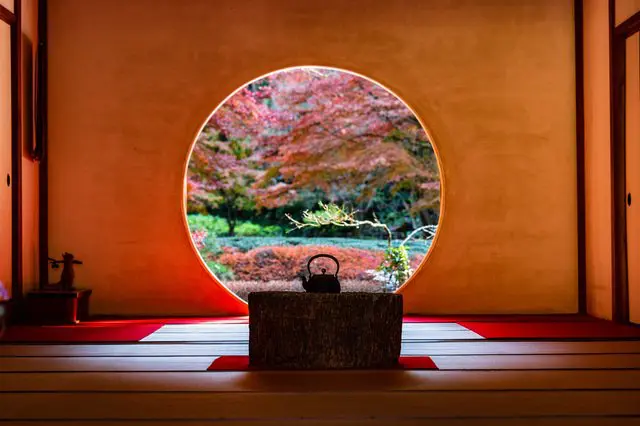
Photo by Pixta
Meigetsuin Temple is a part of the Rinzai School of Zen Buddhism and is among the top three hydrangea-viewing spots in Kamakura. In fact, this temple is often referred to as the "hydrangea temple" for the beautiful flowers on the temple grounds. It is also gorgeous in the fall and a popular spot for foliage.
During autumn, the highlight of this temple is the view from the main hall. Visitors can enjoy this fantastic view of the autumn leaves framed by an unusual circular window. This is a sight you shouldn't miss when visiting during autumn!
Best time to see the leaves: late November to early December
Hotels near Meigetsuin Temple
Read also
5. Hasedera Temple

Photo by Pixta
Hasedera Temple is another famous temple in Kamakura known for its hydrangeas and stunning seasonal scenery.
The crimson and golden-hued leaves transform the trees during autumn, with the scene illuminated after sundown. We recommend visiting during the day or evening for this dynamic fall scenery.
Best time to see the leaves: late November to early December
Hotels near Hasedera Temple
6. Genjiyama Park
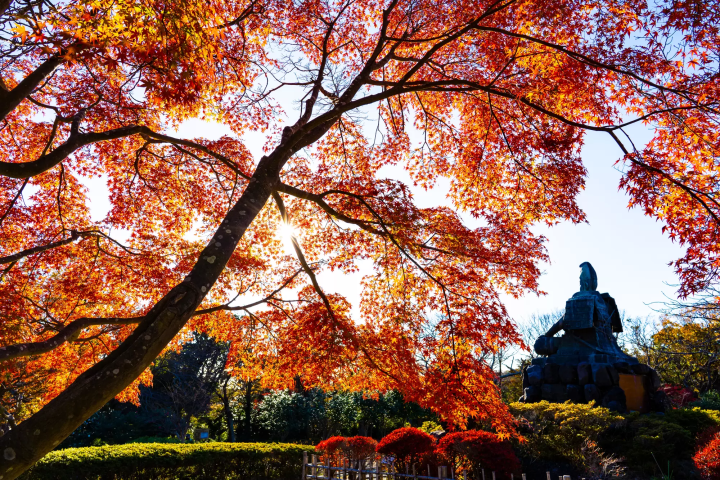
Photo by Pixta
Genjiyama Park is a short walk from Kamakura Station and a favorite spot among nature lovers. It is also home to many cherry blossom trees, drawing swarms of visitors during spring and fall.
But that's not all! In the summer, the hydrangeas are in full bloom. Genjiyama Park is a wonderful place to witness the seasonal changes in scenery. No wonder the red leaves in late fall are a highlight of this area. Why not have a picnic on a sunny day, or even go on a hike throughout the park?
Best time to see the leaves: late November to early December
7. Shishimai Valley: Tenen Hiking Course
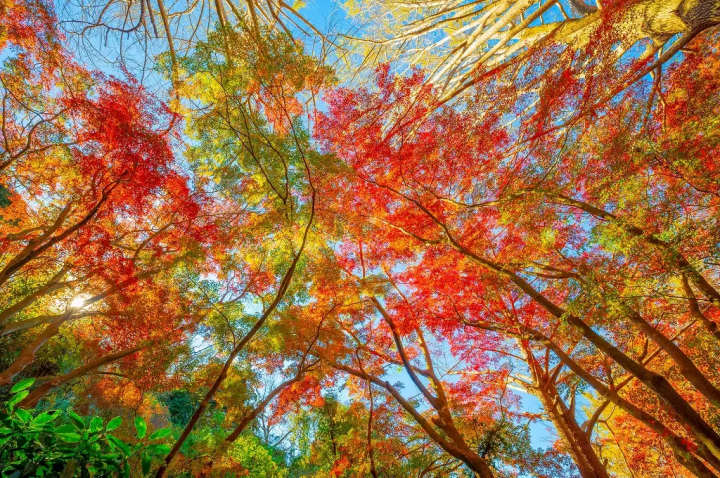
Photo by Pixta
Shishimai Valley-Tenen Hiking Course, located in Kamakura, offers a beautiful escape into nature with scenic trails that showcase the region’s stunning mountain scenery.
As hikers traverse this picturesque route, they are treated to breathtaking views of lush forests and serene valleys, especially vibrant in autumn when the foliage transforms into a spectacular display of reds, oranges, and yellows. This annual spectacle creates a striking contrast against the greenery, making it a must-see destination for nature lovers.
The Shishimai Valley is a great addition to any Kamakura autumn foliage day, with many routes connecting hikers to famous sights like the Great Buddha at Jochiji Temple and Kenchoji Temple, depending on the chosen path.
Hikes can last from 30 minutes to two hours, accommodating various skill levels. In addition to the stunning fall colors, the course features ancient shrines and historical sites, reflecting Kamakura's rich cultural heritage.
Best time to see the leaves: mid to late November
8. Kenchoji Temple
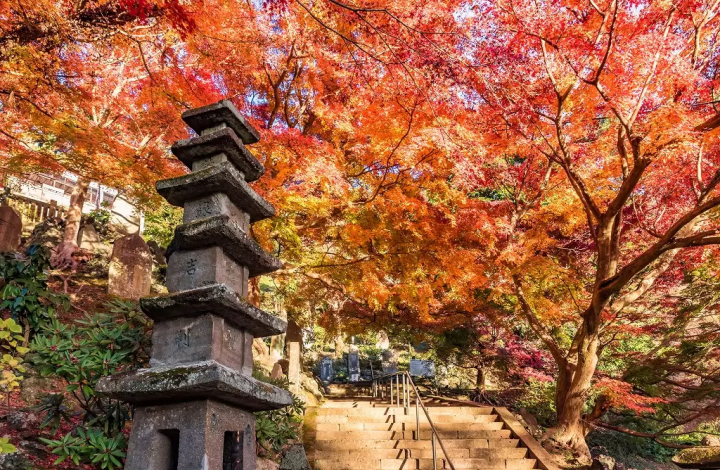
Photo by Pixta
Kenchoji Temple, the oldest Zen temple in Kamakura, was founded by Hojo Tokiyori in 1253 for Zen training in Japan. This significant cultural site features beautiful architecture and tranquil gardens that invite visitors to explore its serene grounds.
The temple complex is home to several national treasures, including the impressive Sanmon Gate and the main hall, both offering stunning views of the surrounding landscape. On clear days, visitors can even spot Mount Fuji from the observation deck at the nearby highest shrine.
In autumn, Kenchoji becomes especially vibrant as the maples and ginkgo trees turn brilliant shades of red and gold, creating a breathtaking backdrop.
An hour-long hike through the woodlands leads to Zuisenji Temple, while behind the main hall lies a peaceful Zen garden, perfect for reflection. The harmonious blend of history, nature, and culture makes Kenchoji Temple a must-visit destination, particularly during the autumn months.
Best time to see the leaves: mid to late November
9. Tokeiji Temple
Tokeiji Temple, located just five minutes from Kita Kamakura Station, is a serene Buddhist temple renowned for its tranquil atmosphere and beautiful gardens. Established in the 13th century by the nun Saito Gakuten, it originally served as a sanctuary for women seeking refuge from unhappy marriages, granting divorce to those who stayed for three years.
This history makes it a significant site in the evolution of women's rights in Japan. The temple grounds feature exquisite architecture, including the elegant main hall and a stunning bell tower.
In autumn, Tokeiji becomes particularly enchanting as the foliage transforms into vibrant shades of red, orange, and gold, with ginkgo trees flourishing alongside the maples. This picturesque scene draws visitors to admire the natural beauty surrounding the temple.
A lovely Zen garden offers a peaceful space for reflection and seasonal events and cultural activities are also held throughout the year, enriching the visitor experience.
Best time to see the leaves: mid to late November
10. Kakuonji Temple
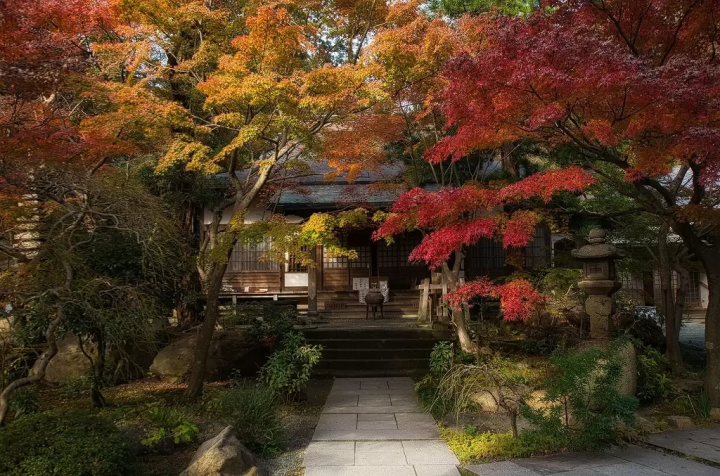
Photo by Pixta
Kakuonji Temple is a serene Buddhist temple located approximately 20 minutes on foot from Tsurugaoka Hachimangu. Founded in 1218, it features beautiful architecture and tranquil gardens, nestled within a picturesque valley that seamlessly integrates with the surrounding mountains.
In autumn, Kakuonji transforms into a visual feast, with vibrant red, orange, and yellow leaves adorning the many maple trees on the grounds. This stunning fall foliage creates a breathtaking backdrop against the temple's historic structures, making it a must-see destination.
Surrounded by luscious forests and mountainscapes, visitors can also explore the nearby Hyakuhachi Yagura Caves, which are now used for Buddhist training and hold the remains of deceased highly ranked samurai and individuals.
Additionally, visitors can enjoy guided tours through the temple led by Buddhist monks every hour, providing insight into the temple's rich history and spiritual practices. By spending a morning or afternoon here, guests can fully appreciate the harmonious blend of nature, history, and spirituality that defines Kakuonji Temple, especially during the enchanting autumn months.
Best time to see the leaves: mid to late November
FAQ
When can you see autumn leaves in Kamakura?
In Kamakura, a coastal city known for its historical sites and natural beauty, the peak time to see autumn leaves typically occurs from late November to early December. During this period, the maple trees and other foliage in and around Kamakura turn vibrant shades of red, orange, and yellow, creating a picturesque setting for visitors to enjoy the fall colors. To catch the best of the autumn leaves in Kamakura, planning a visit around late November to early December is recommended. However, as the exact timing can vary each year due to seasonal factors, checking updated forecasts and reports closer to your intended visit can help ensure you witness the stunning autumn foliage at its peak in Kamakura.
How to get to Kamakura from Tokyo?
Getting to Kamakura from Tokyo is straightforward and convenient, with several transportation options available. The fastest way is by taking the JR Yokosuka Line from Tokyo Station or Shinagawa Station, with the journey typically lasting about an hour. Alternatively, travelers can opt for the scenic route by riding the shinkansen from Tokyo to Ofuna Station and transferring to the charming Enoshima Electric Railway (Enoden) Line to Kamakura, offering glimpses of the coastline along the way. For those who prefer bus travel, highway buses departing from Tokyo Station or Yokohama Station provide a direct connection to Kamakura in approximately 2 hours. Driving by car is also an option, taking around 1.5 to 2 hours from Tokyo to Kamakura, giving visitors flexibility in their travel schedule. Overall, these transportation choices offer convenient access to Kamakura's historic sites and natural beauty from the vibrant metropolis of Tokyo.
Is Kamakura a good day trip from Tokyo?
Kamakura stands as an ideal day trip destination from Tokyo, offering a compelling mix of cultural heritage, natural beauty, and coastal charm within easy reach of the capital. Just an hour away by train, this historic city beckons visitors with its renowned temples, shrines, and iconic landmarks like the Great Buddha, providing a window into Japan's ancient traditions and rich history. Kamakura's scenic allure, with temples set amidst verdant surroundings and hiking trails that reveal captivating views, offers a serene retreat from Tokyo's urban hustle. Beach enthusiasts can unwind at Yuigahama Beach and explore the nearby Enoshima Island, immersing themselves in a coastal escape. Culinary delights further enhance the day trip experience, with Kamakura offering a taste of local seafood delicacies, traditional sweets, and street food specialties. Whether seeking historical insights, natural splendor, or a relaxing seaside ambiance, Kamakura presents a perfect day trip that encapsulates the essence of Japan's cultural tapestry and scenic wonders just a stone's throw away from Tokyo.
Is Kamakura walkable?
Kamakura is a walkable city, characterized by its compact layout and interconnected streets that make it ideal for exploring on foot. Major attractions like Tsurugaoka Hachimangu Shrine, the Great Buddha at Kotokuin Temple, and Hase-dera Temple are conveniently located near each other in the central area, enabling visitors to navigate easily between these significant sites. Scenic walking paths lead to Yuigahama Beach, the nearby Enoshima Island accessible via a bridge, and various hiking trails like the Daibutsu Hiking Course, offering opportunities to appreciate Kamakura's natural beauty and cultural heritage at a relaxed pace. Walking through the city allows for a deeper immersion in local culture, enabling the discovery of hidden gems and the charming character of Kamakura's streets, shops, and local dining spots, providing a delightful and enriching experience of this historic city.
Is it cold in Kamakura in autumn?
Autumn in Kamakura brings comfortable and pleasant weather conditions, with temperatures usually ranging from 15 to 25 degrees Celsius (59 to 77 degrees Fahrenheit). Clear skies, reduced humidity levels, and minimal rainfall define this season, creating ideal circumstances for outdoor excursions and sightseeing adventures in the historic city. The fall foliage season in Kamakura showcases nature's beauty as the greenery transforms into vibrant shades of red, orange, and yellow, reaching its peak typically in November. Visitors are advised to dress in layers to accommodate temperature fluctuations between daytime warmth and cooler evenings. Overall, autumn in Kamakura offers a picturesque backdrop for exploring the city's cultural sites, temples, and natural landscapes, providing a delightful and comfortable environment for travelers to enjoy this charming historic destination.
Plan a Visit to Kamakura in Autumn
As you can see, Kamakura's temples are especially picturesque during autumn. In addition to the spots introduced above, there are plenty of wonderful destinations, including Jochiji Temple and Engakuji Temple to see the foliage. Kamakura itself is a beautiful city and a great spot to enjoy the seasonal views!
Read also
Main image by Pixta
This is the official account of MATCHA's English editorial team. We are bringing you the latest travel information on Japan.






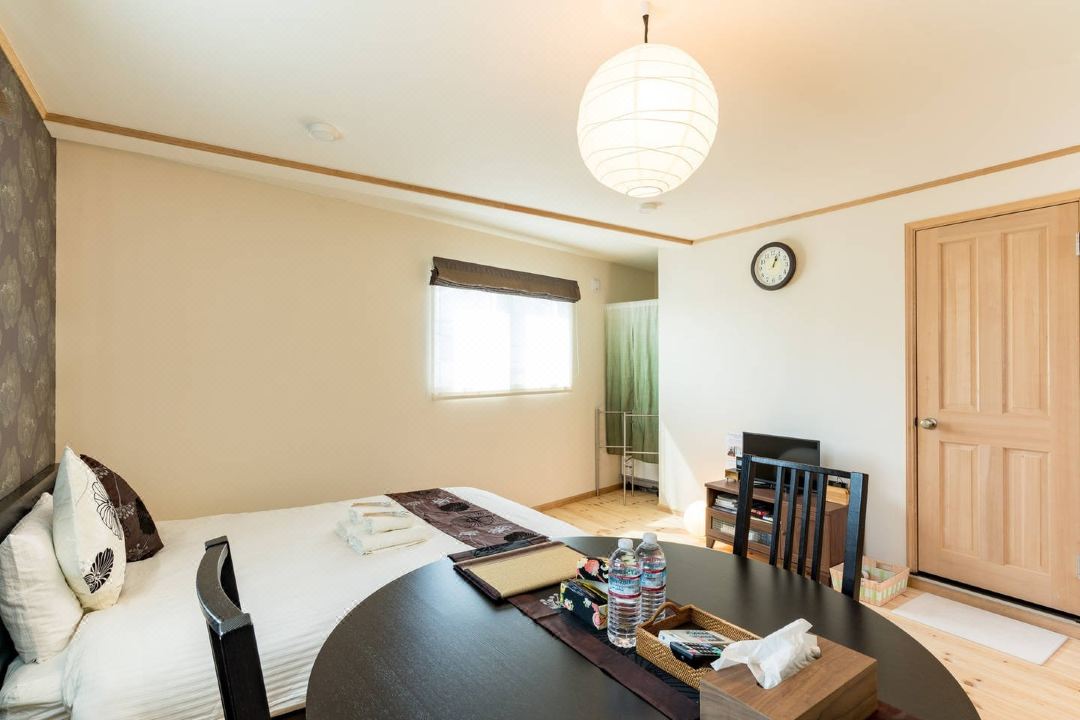





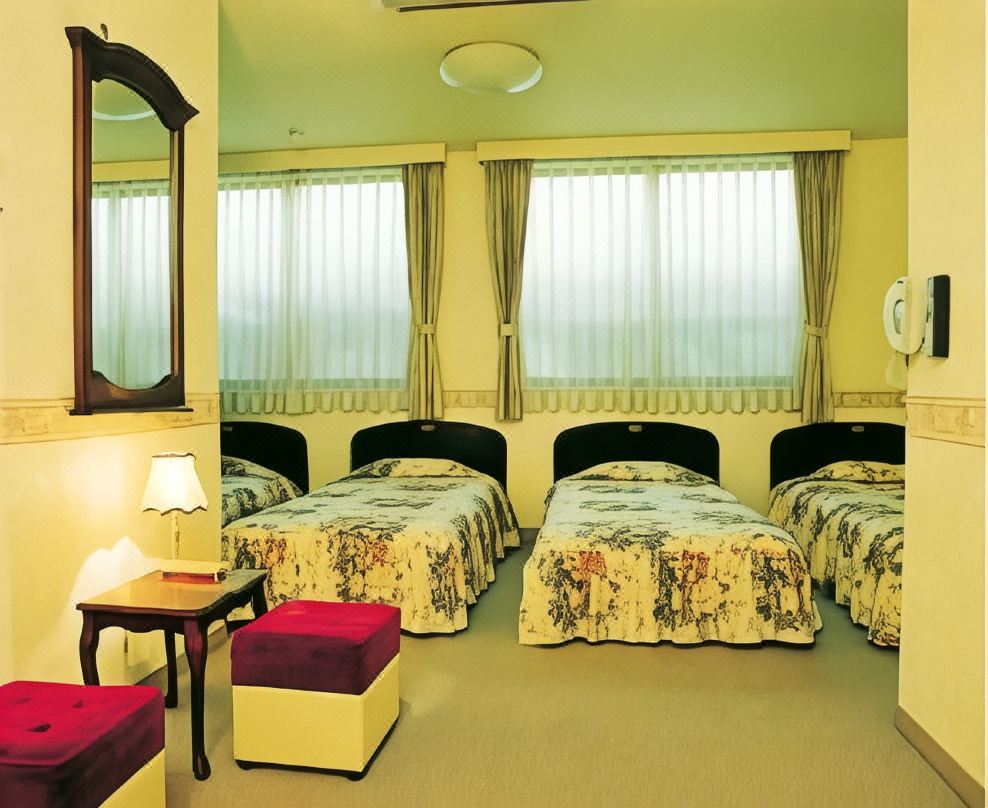
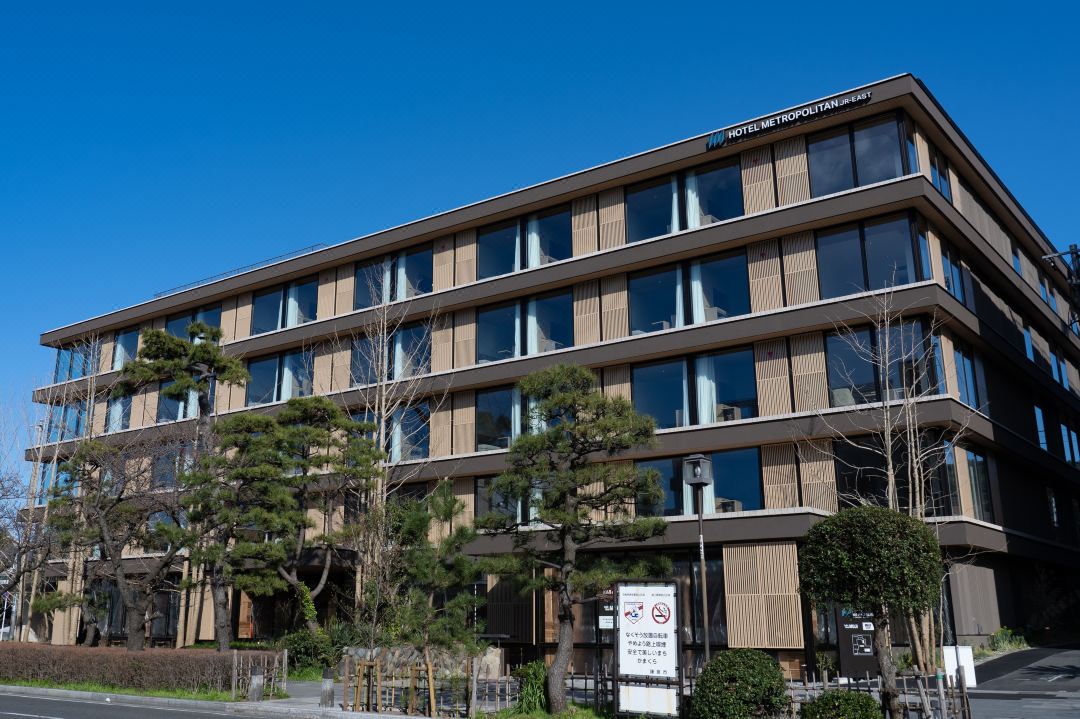
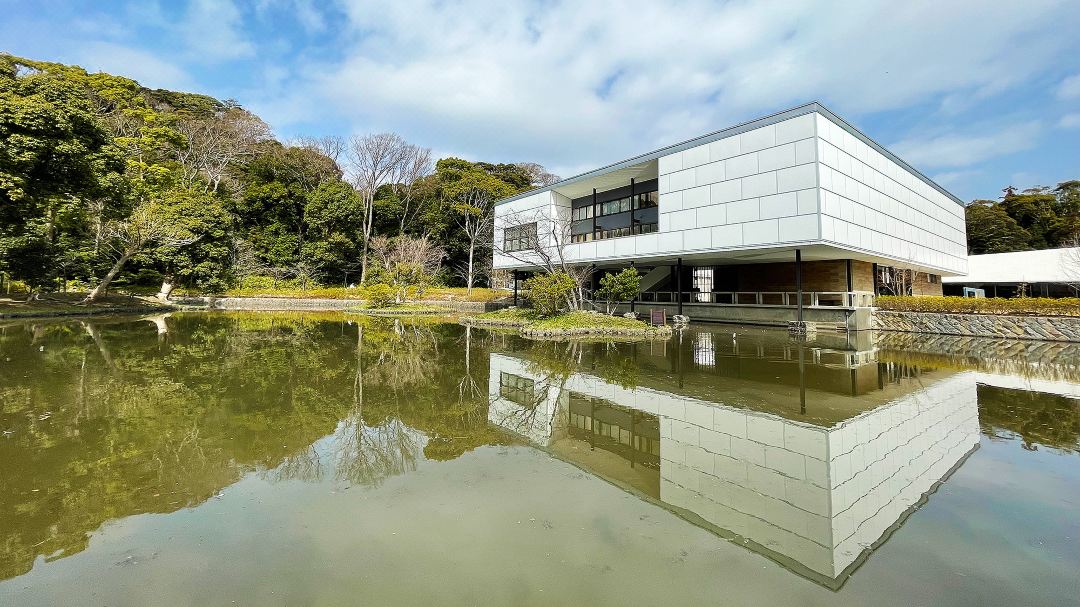


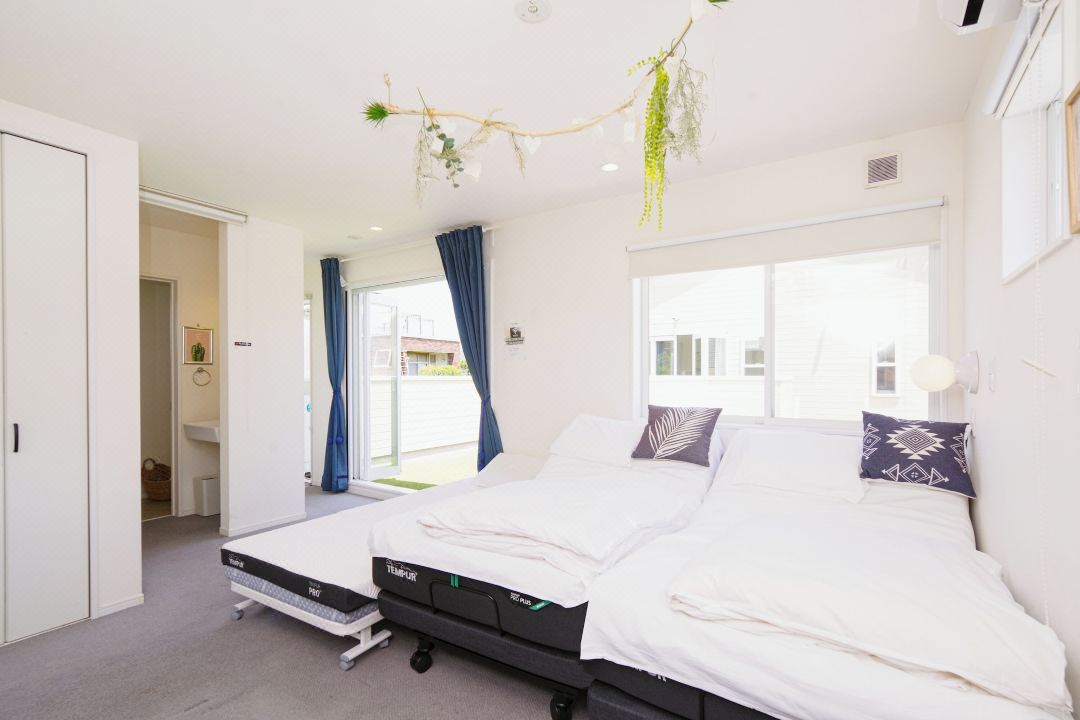


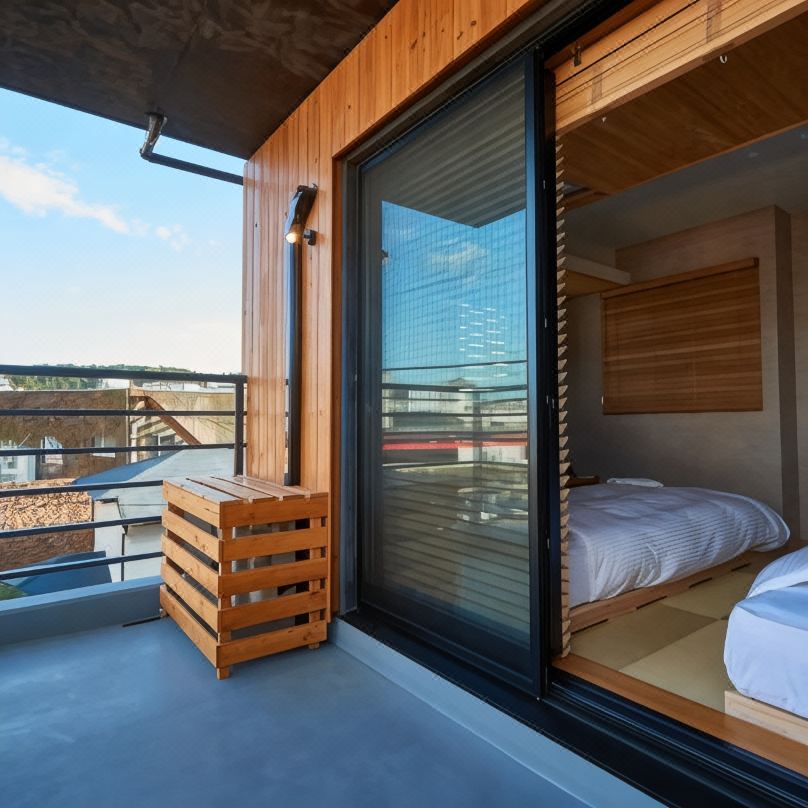









































![[Coupon Available] Attention Overseas Winter Sports Fans! Nagano's Sports Depot Has Evolved](https://resources.matcha-jp.com/resize/720x2000/2026/01/05-254819.webp)
![[2 hours from Tokyo ] 10 Quiet and Breathtaking Views of Mount Fuji in Yamanashi Hokuto City , Yamanashi - Part 2](https://resources.matcha-jp.com/resize/720x2000/2025/12/16-253037.webp)
